Dunkeld and Birnam residents in Highland Perthshire have had their say on plans to upgrade one of Scotland’s most dangerous roads.
Traffic Scotland is working on dualling the entirety of the A9’s Inverness-Perth section to the tune of at least £3.7 billion.
A small, yet significant part of this upgrade will be the 8.4km section between the Pass of Birnam and the Tay Crossing near Dalguise.
The A9 is often viewed as the spine of Scotland’s road network – but it also has a reputation for tragic accidents and frustrating delays.
A new roundabout, car park and pedestrian underpass are all part of the latest plans for the A9 at Birnam and Dunkeld, as revealed to residents during an event at the end of January.
Ann Jarrold from Blairgowrie is excited by the prospect of a new roundabout.
“If I go north or across to Crieff that’s (the current junction) my big concern, with the turn right”, she says.
“That was the reason I came here today. I’m satisfied with the roundabout at that junction.
“I think it’s the right decision and that the roundabout is easy enough for me. I think the under junctions also look good because you won’t have high bridges going up into the air.
“If I know it’s a good junction to get out, I might use it a lot more.”
Have Dunkeld and Birnam residents got what they wanted?
Transport Scotland hosted the public exhibition around 500ft from the A9. A short peak through the trees a few hundred yards behind the Conference Centre reveals the A9. It can be intimidating to watch the cars, buses and huge lorries thunder past the Perthshire village at speed.
Residents’ preferred option had involved a tunnel, improved signage, street lighting and clearer road markings. They also requested a reduced speed limit on the A9 and speed cameras.
More than 300 lives have been lost on the A9 since 1979. In October 2022, a man and a woman lost their lives in a two vehicle crash near Dunkeld.
Later that month, Birnam and Dunkeld Junctions Actions Group member David Bee told The Courier about the risks posed by the Dunkeld junction.
“Most of my family and most of the people we know have had near misses”, he said.
What is the preferred route for the A9 at Birnam and what will it include?
The exhibition was specifically focused on the 8.4 km long section of the road that serves Birnam, Dunkeld, Inver and Dalguise.
Four preferred route options were considered, with Option 3 identified as the most suitable.
That option will see a new Birnam Junction, encompassing the B867 and southern access to Birnam in a grade separated junction.
This will include northbound entry and exit slip roads, and a southbound entry slip road, which should make it easier for motorists to join the A9.
The A9 will also be dualled at the pinch point between the protected Dunkeld and Birnam train station building, and Birnam village.
A new underpass and lift will be constructed to allow rail passengers to walk under the new A9 from a car park on the Birnam side of the A9.
After passing the station, motorists will then have to slow down for a new roundabout, which will replace the tricky existing Dunkeld Junction.
A segregated left lane of this roundabout will allow vehicles to quickly join the A9 heading southbound.
In theory this should also allow safer connections for drivers trying to join the A9 from the A923 and A822 or those attempting to cross the road.
A “left-in left-out” junction will also be built for access to the Hermitage from the new northbound dual carriageway.
Meanwhile, it is hoped that entry and exit slip roads should allow for easier access to the A9 from the B898 at the Dalguise Junction.
Transport Scotland argues that this preferred option will improve road safety, while providing faster and more reliable journey times for motorists.
What do members of the public think about the A9 plans?
The preferred option for this section of the A9 was put to members of the public at a two day public exhibition at Birnam Arts & Conference Centre.
There were some positive reactions to the detailed projections.
A Birnam resident that lives in the village centre, who wished to remain anonymous, told The Courier: “There has to an element of positivity around it because something has to change and the investment there has a significant amount of money.
“That’s really good for the village. You can’t stand still forever can you?”
William Pollett owns a home in Dunkeld, but doesn’t live in the village full-time.
He is relieved that action is being taken, but also laments the delay in getting it over the line.
“It’s been paralysing the community for 10 years now because it was 2014 that we were first told it was happening”, he explains.
“It’s obviously not an ideal solution, which would have been a tunnel through the mountain. But it seems that it as least a practical, cost-effective solution that makes it safer because safety is the main issue.”
When can motorists travel this new section of the A9?
The Perth to Pitlochry section of the A9 should be dualled by the end of 2032, although delays have beset the project.
The Scottish Government now aims to have dualled the A9 in full by 2035.
Mr Pollett added: “We’re frustrated as hell that it’s taken so long, but we’re pleased that it’s moving forward now at least.
“It’s very dangerous out there right now. It’s terrifying getting on and off the road.
“In the summer it’s very scary and what happens is that you have to wait and wait. This means people get frustrated and then they go and take risks.”
What is the Scottish Government’s view?
A Transport Scotland spokesperson said: “Following the preferred route public exhibitions for the scheme this week, the virtual exhibition will remain live with the period for submitting feedback open until 17 March 2024.
“A report will be prepared summarising the exhibitions and presenting the feedback and responses issued.
“We will be engaging with local businesses and residents to assess any potential impacts during construction.
“This will inform the development of mitigation to reduce potential disturbance impacts during construction where feasible.”
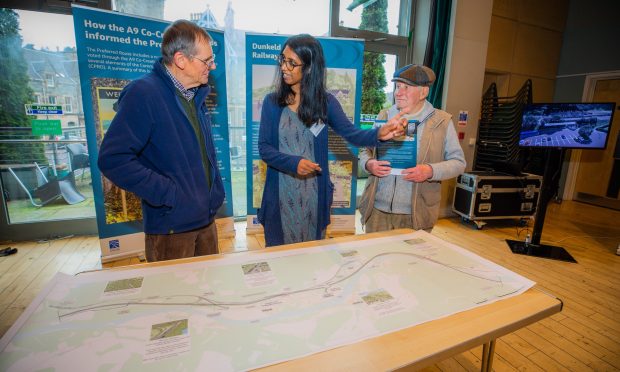
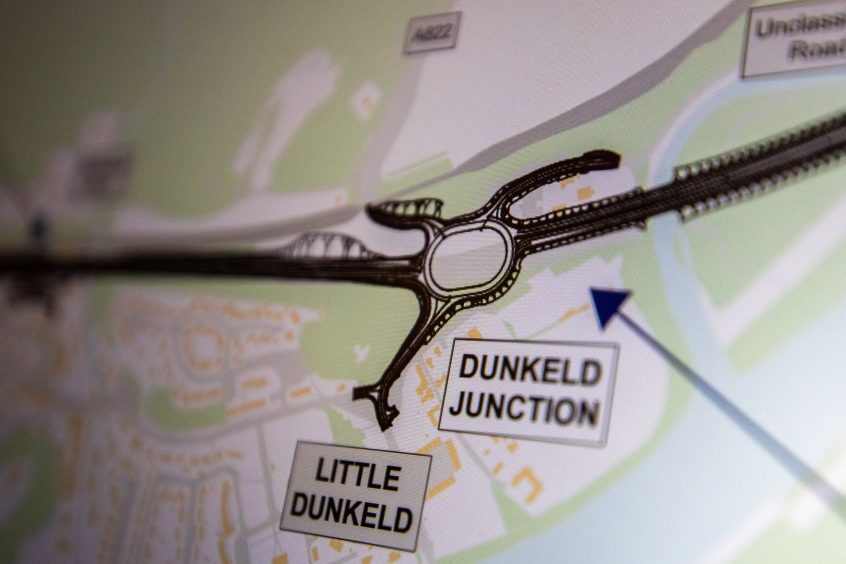
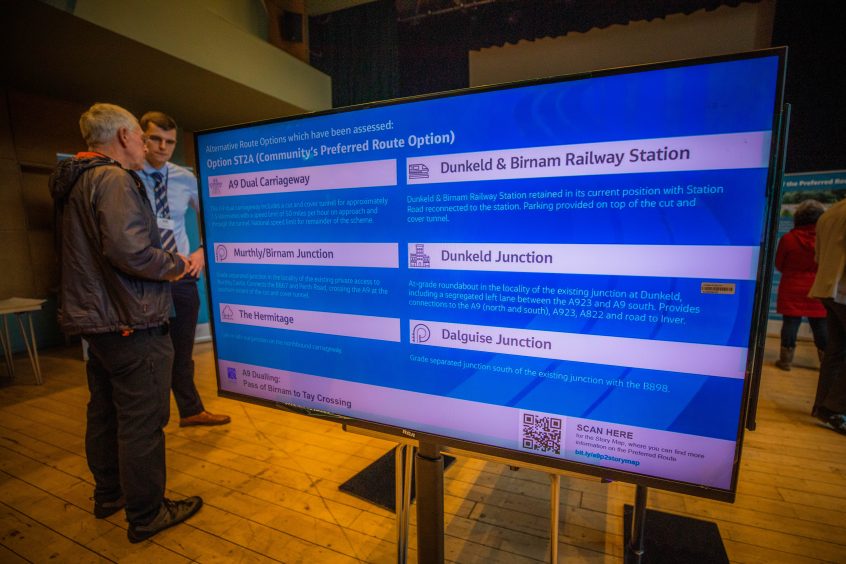
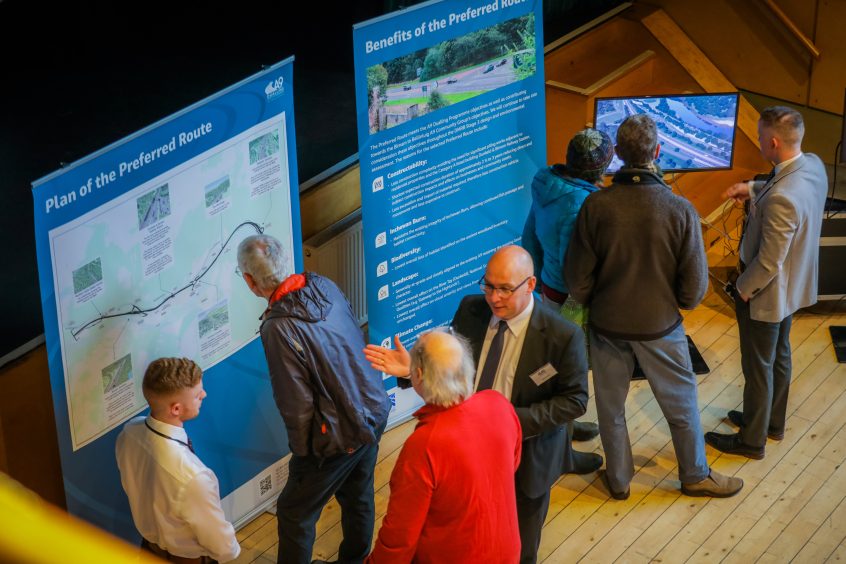
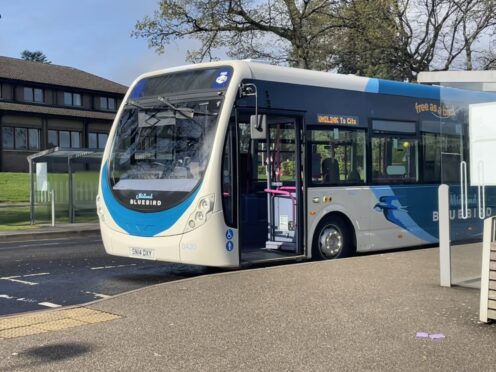

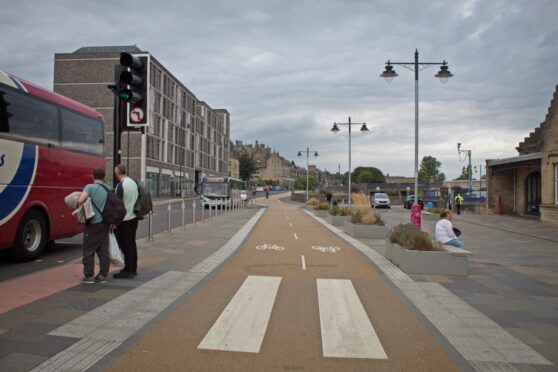

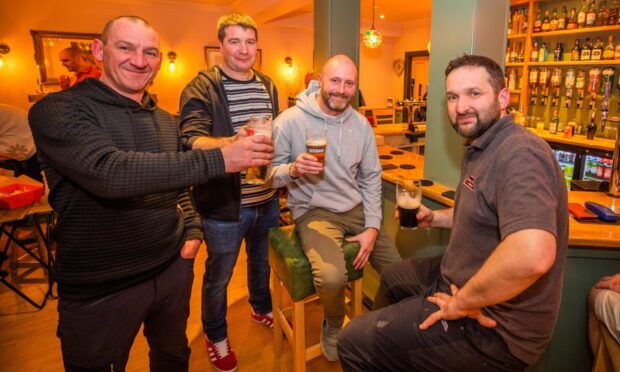
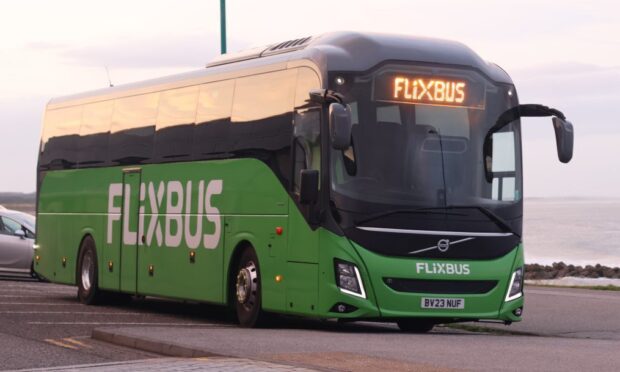
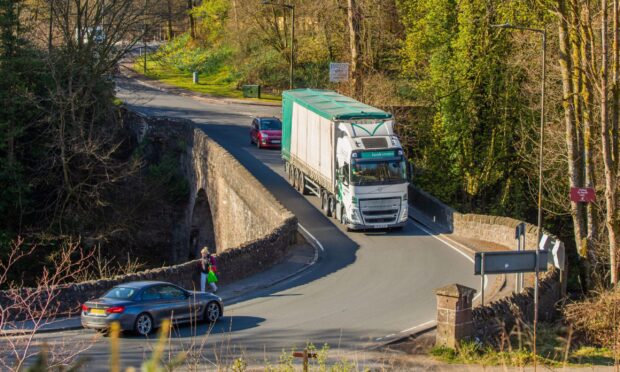
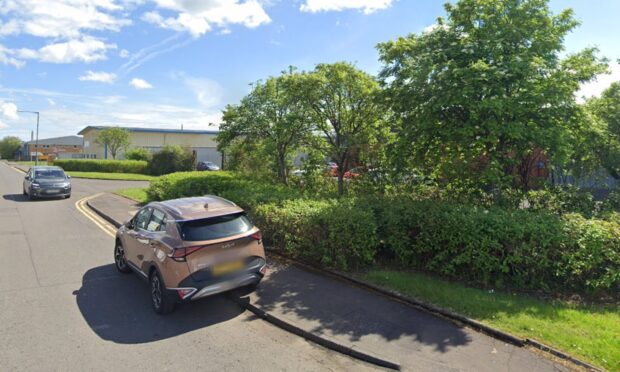


Conversation